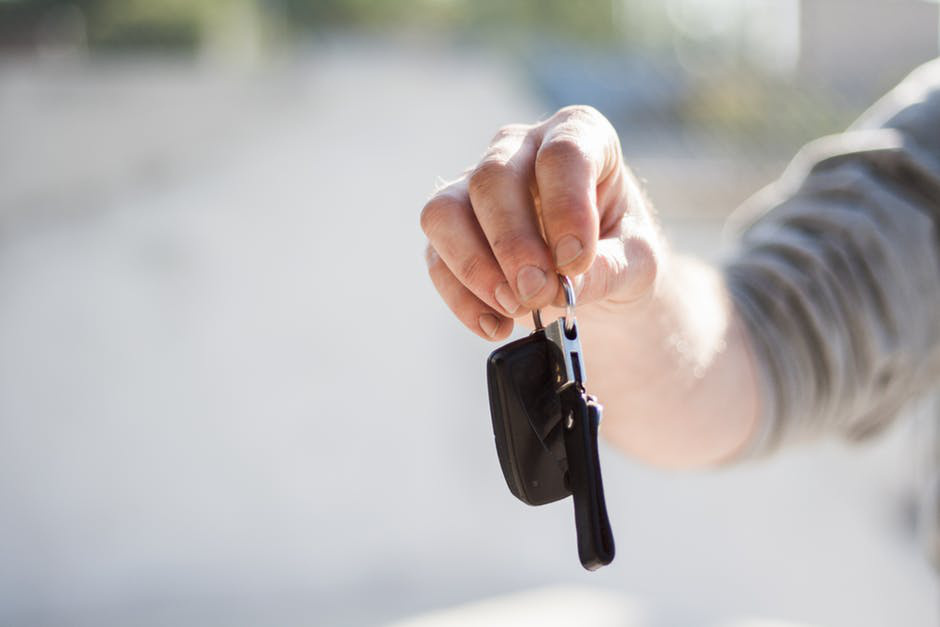5 affordable alternatives to owning a car

Nov 28 | 2017

There’s nothing like getting the keys to your first car. The sense of independence and freedom. You can go anywhere, anytime you want. But this freedom comes with a lot of financial responsibility. Car payments, parking spaces, repair costs, and — of course — gas. For many, these are just accepted costs. But a growing

